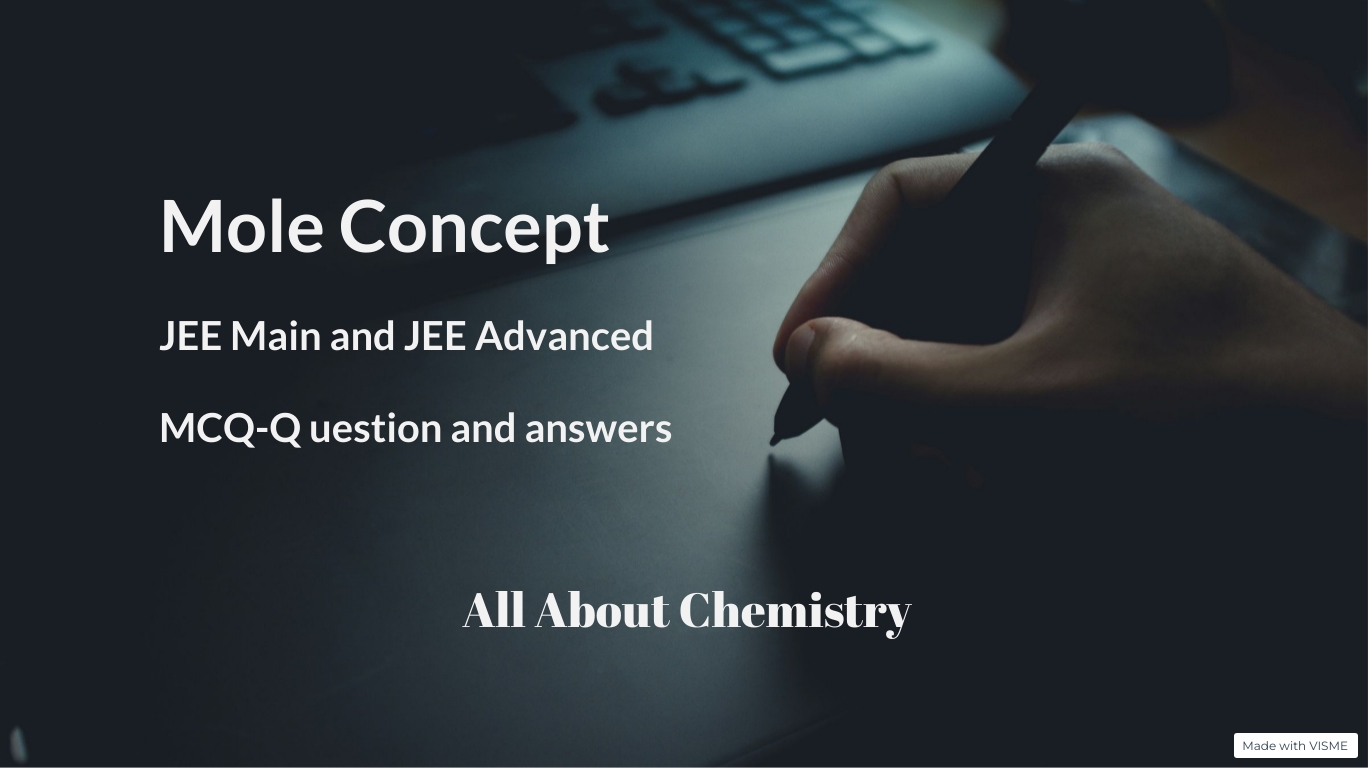The Haloform reaction is a chemical transformation in which a methyl ketone (a ketone containing a methyl group, R−CO−CH3) undergoes halogenation and subsequent oxidation under basic conditions to form a haloform (CHX3) and a carboxylate ion (RCOO−). The most common halogen used in this reaction is chlorine or bromine.
The general reaction scheme for the Haloform reaction can be represented as follows:
R−CO−CH3+3X2+4OH−→RCOO−+CHX3+2H2O+3X−
Where R is an alkyl or aryl group, and X represents the halogen atom (Cl or Br).
The Haloform reaction proceeds through a series of steps involving halogenation, halogen exchange, and base-catalyzed cleavage. Below is a detailed mechanism for the Haloform reaction using chloroform (CHCl3) as an example:
- Halogenation:
- The methyl ketone (R−CO−CH3) reacts with chlorine (Cl2) in the presence of a base (OH−) to form an enolate intermediate. The base deprotonates the methyl ketone to generate the enolate ion (R−CO−CH2−).
- The enolate ion attacks the chlorine molecule, forming a chloroformyl intermediate (R−CO−Cl).
- Halogen Exchange:
- The chloroformyl intermediate reacts with additional chlorine molecules, leading to the substitution of the original methyl group with chlorine atoms. This process results in the formation of di- and tri-chloromethyl ketones as intermediates.
- Base-Catalyzed Cleavage:
- The tri-chloromethyl ketone undergoes base-catalyzed cleavage of the carbon-chlorine bonds.
- The hydroxide ion (OH−) attacks one of the chlorine atoms attached to the central carbon, resulting in the formation of a carboxylate ion (RCOO−) and dichlorocarbene (Cl2C:).
- The dichlorocarbene intermediate rapidly rearranges to form the final products: chloroform (CHCl3), carbon dioxide (CO2), and chloride ion (Cl−).
Overall, the Haloform reaction involves the halogenation of a methyl ketone followed by halogen exchange and base-catalyzed cleavage to yield a haloform and a carboxylate ion. The specifics of the mechanism may vary depending on the halogen used (chlorine or bromine) and the nature of the starting methyl ketone.

The Haloform reaction has several important applications in organic synthesis, industrial chemistry, and analytical chemistry. Here are some of its key applications:
- Synthesis of Haloforms: The primary application of the Haloform reaction is in the synthesis of haloforms, such as chloroform (CHCl3), bromoform (CHBr3), and iodoform (CHI3). These haloforms are valuable chemicals used in various industrial processes, including solvents, intermediates in organic synthesis, and as precursors for the synthesis of pharmaceuticals and agrochemicals.
- Functional Group Transformations: The Haloform reaction is utilized for the transformation of methyl ketones into carboxylate salts and haloforms. This reaction serves as a useful tool for introducing functional groups into organic molecules, enabling the synthesis of complex compounds with tailored properties.
- Qualitative Test for Methyl Ketones: In analytical chemistry, the Haloform reaction is employed as a qualitative test for the presence of methyl ketones. When a methyl ketone is treated with a halogen (e.g., chlorine or bromine) and a base (e.g., sodium hydroxide), it undergoes the Haloform reaction to produce a haloform, which can be detected by its characteristic odor and/or precipitation.
- Determination of Purity: The Haloform reaction can be used to assess the purity of methyl ketone compounds. Impurities that may be present in the methyl ketone can also undergo the Haloform reaction, leading to the formation of haloforms. The presence and amount of haloforms produced can indicate the extent of impurities in the sample.
- Preparation of Reagents: Haloforms synthesized via the Haloform reaction can serve as reagents in various organic transformations. For example, chloroform can be used as a solvent, a mild chlorinating agent, or as a source of dichlorocarbene in organic synthesis reactions.
- Environmental Remediation: In environmental chemistry, the Haloform reaction plays a role in the degradation of organic pollutants. Some microorganisms are capable of metabolizing certain organic compounds via Haloform reactions, leading to their breakdown into simpler, less harmful molecules.
Overall, the Haloform reaction is a versatile and widely used chemical transformation with applications ranging from organic synthesis to analytical chemistry and environmental science. Its ability to produce haloforms from methyl ketones makes it a valuable tool in various fields of chemistry.










